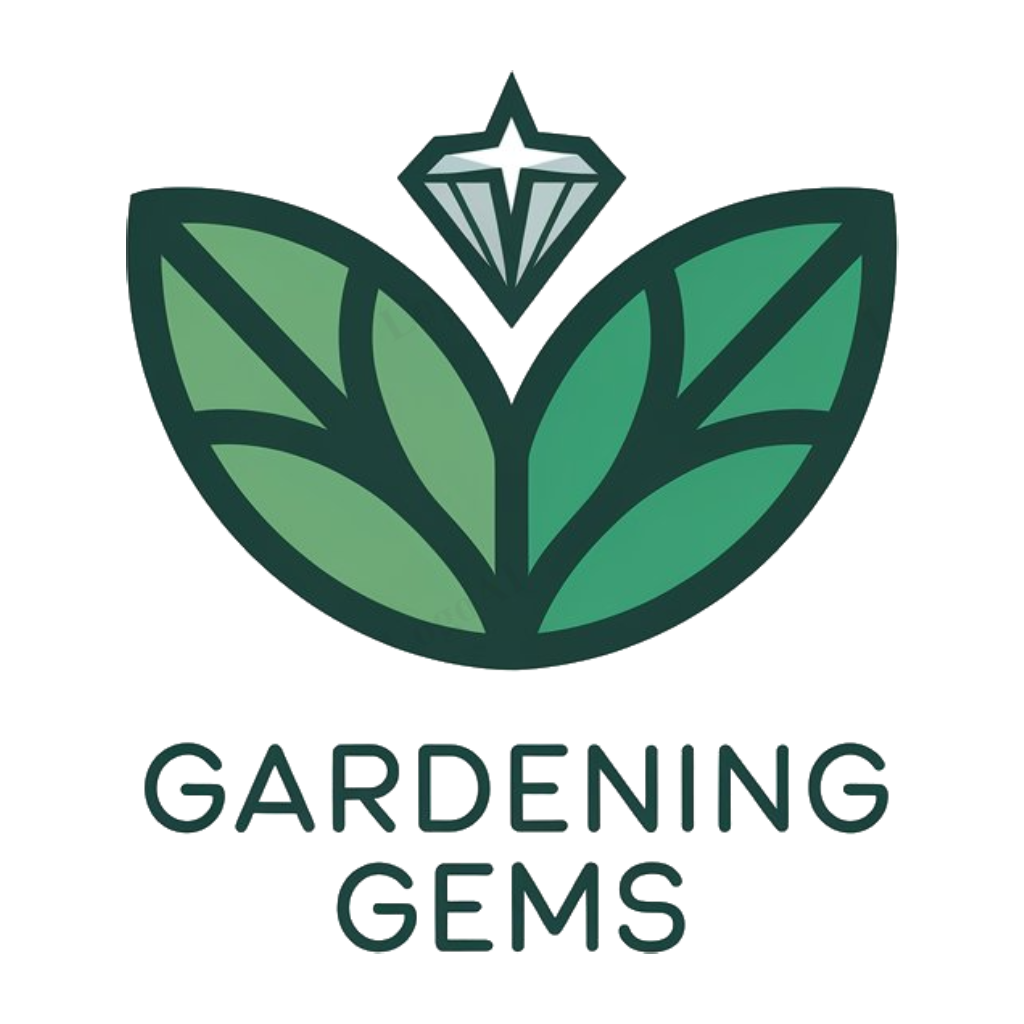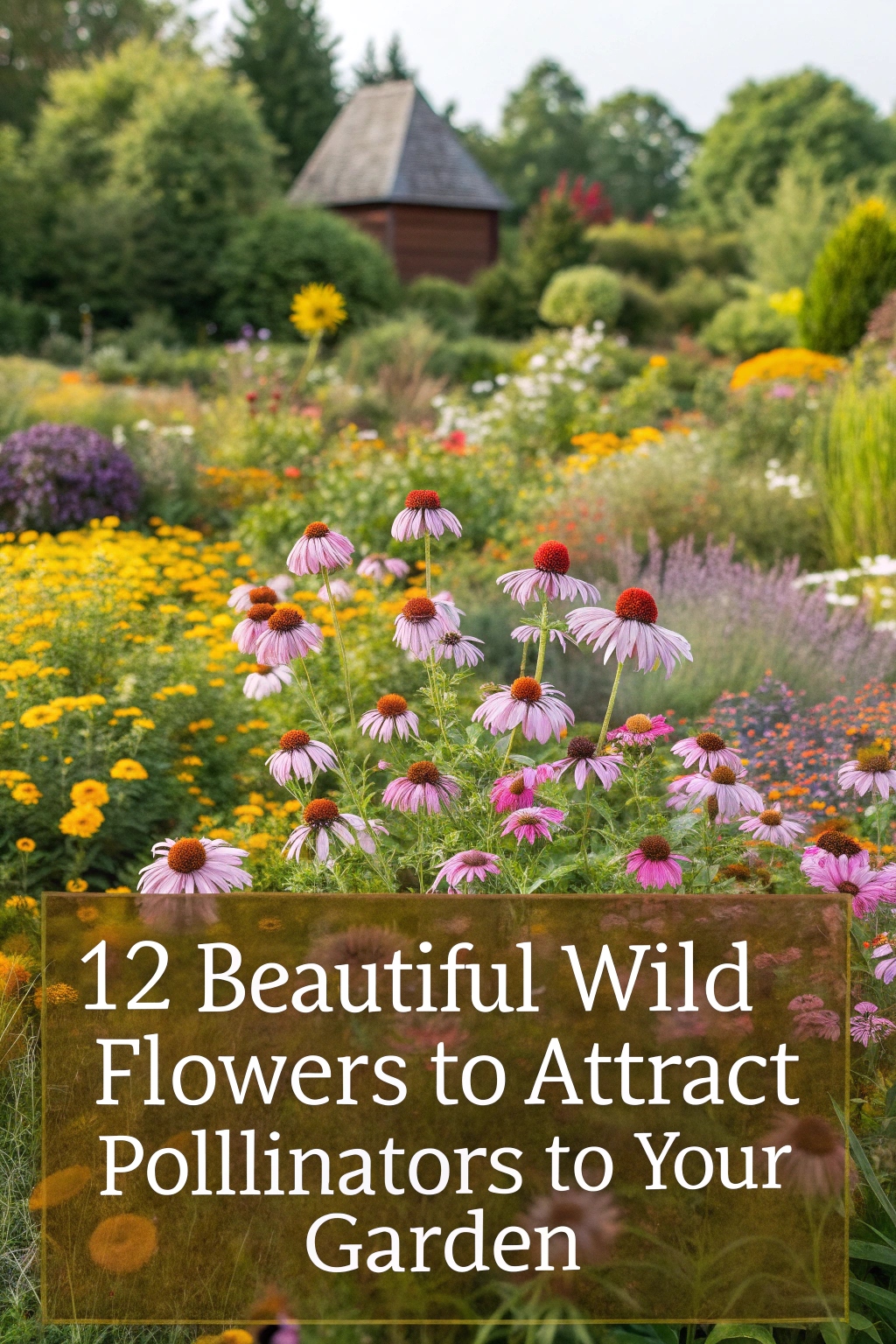Wild flowers are a great addition to any garden, and they’re actually very easy to care for. They come in many different types, like cosmos, black-eyed susans, and coneflowers, which are perfect for attracting pollinators. These flowers are like a special treat for bees and butterflies, providing them with the nectar and pollen they need to survive.
By growing wild flowers in your garden, you can help support local biodiversity and make a big difference in your community. You can learn more about the unique characteristics of each type of wild flower and how they can benefit your garden. This can be a fun and exciting project for the whole family to enjoy together.
Choosing the Right Wild Flowers for Your Garden

When choosing wild flowers, consider the specific needs of pollinators in your area. Select plants native to your region, as they will attract local bees, butterflies, and other pollinators. Choose a mix of flowers that bloom at different times to provide a constant source of nectar and pollen throughout the growing season.
Cosmos and Their Benefits for Pollinators
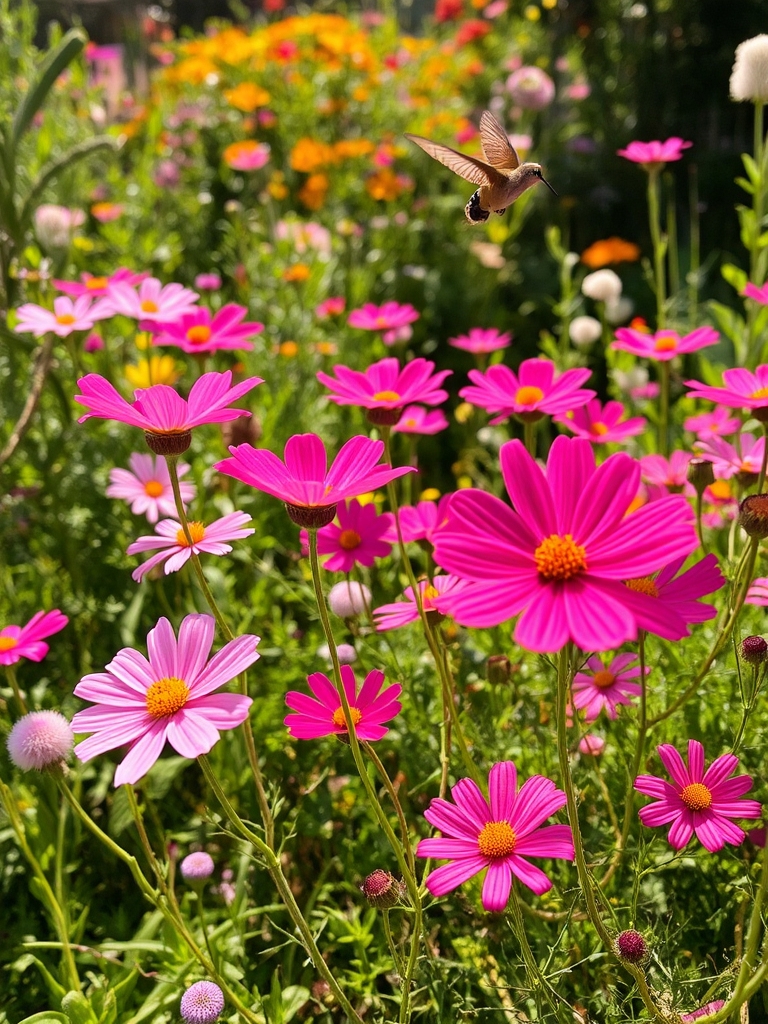
Cosmos offer numerous benefits for pollinators, attracting bees, butterflies, and hummingbirds with their vibrant, daisy-like flowers. These plants are rich in nectar and pollen, providing a valuable source of nutrition for various pollinator species, supporting their health and well-being.
Black-Eyed Susans for a Vibrant Summer Bloom
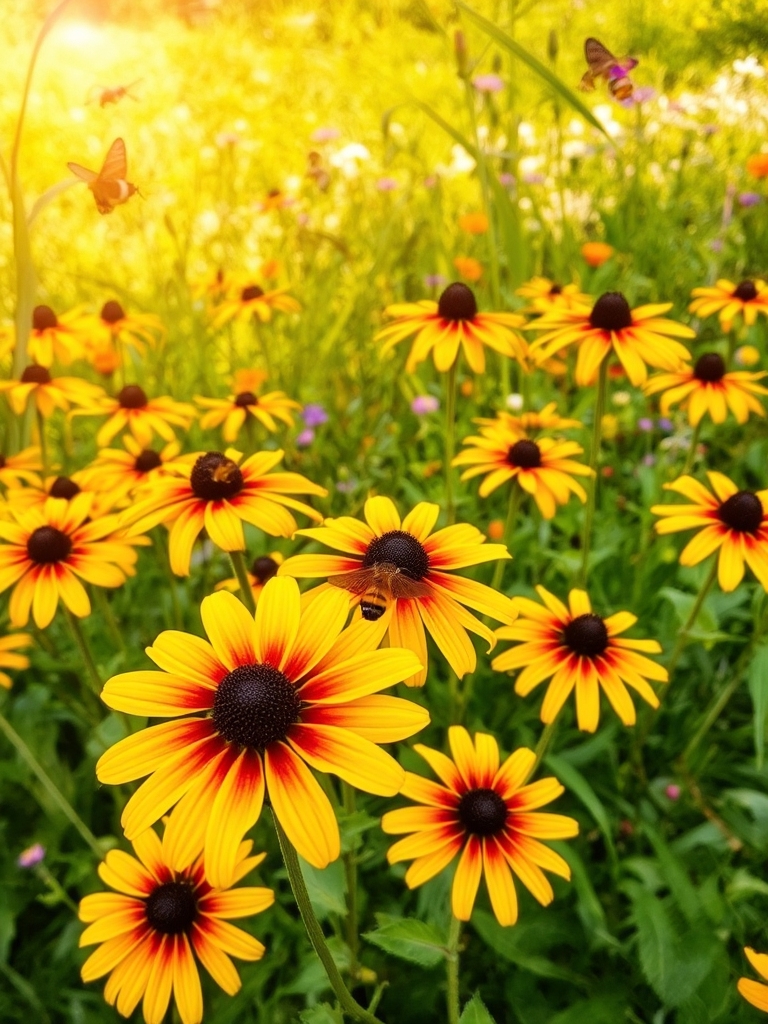
Black-Eyed Susans are a popular choice for attracting pollinators with their bright yellow petals and dark centers. They bloom from mid-summer to fall, providing a vibrant display of color. These daisy-like flowers are easy to grow and maintain, making them a great addition to any garden or meadow, attracting bees and butterflies with their nectar-rich blooms.
Coneflowers and Their Role in Attracting Bees
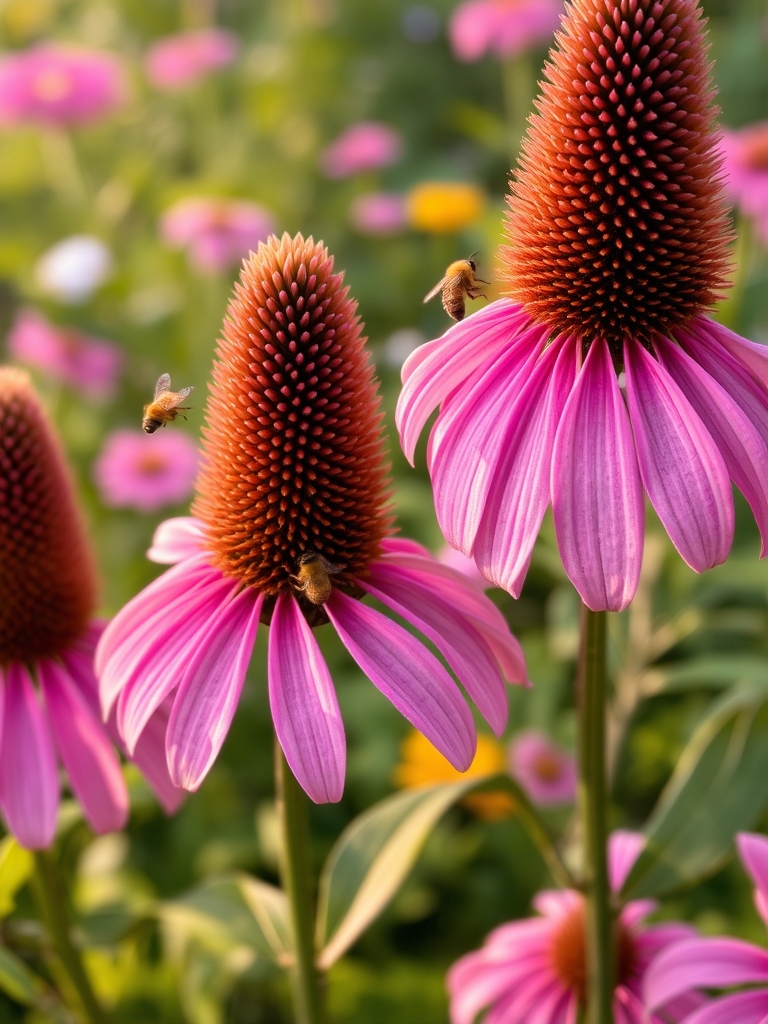
Coneflowers are a crucial source of nectar and pollen, attracting various bee species. Their large, showy petals and prominent cones make them an ideal choice for gardens aiming to support pollinators. By planting coneflowers, gardeners can create a bee-friendly environment, promoting the health and biodiversity of local bee populations.
Sunflowers for a Tall and Colorful Display
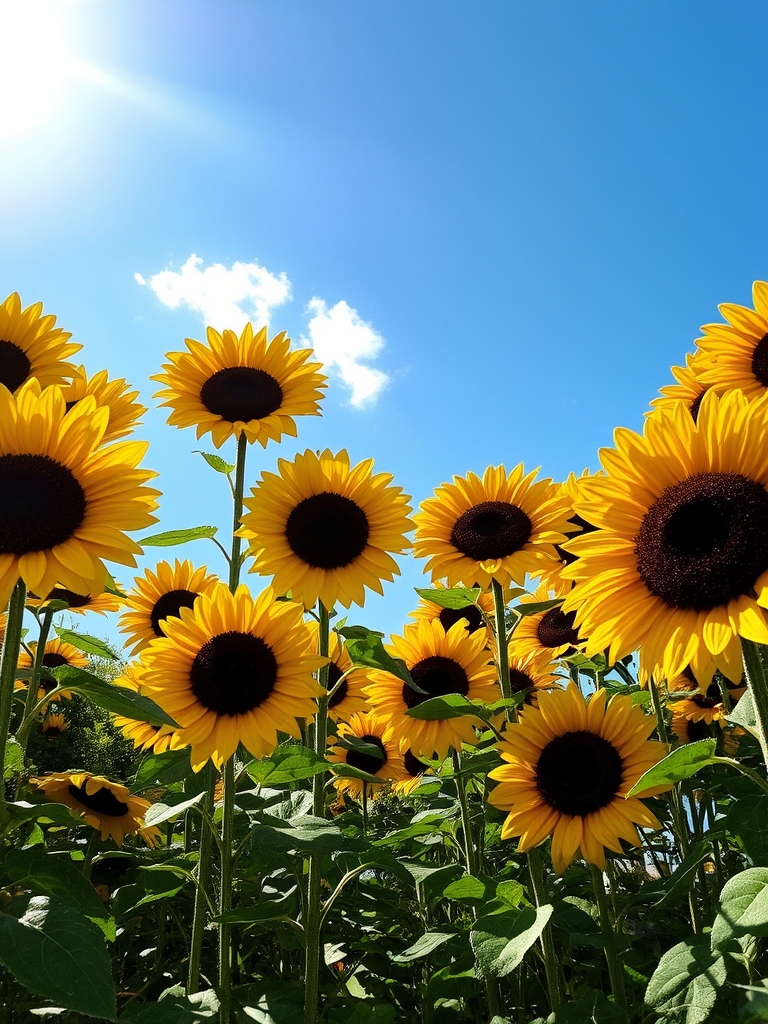
Sunflowers are a great addition to any garden, providing a tall and colorful display that attracts pollinators. Their large, bright yellow petals and dark centers make them a stunning sight, while their height can add depth and visual interest to the garden, drawing in bees and butterflies with their rich nectar.
Zinnias and Their Attractiveness to Butterflies
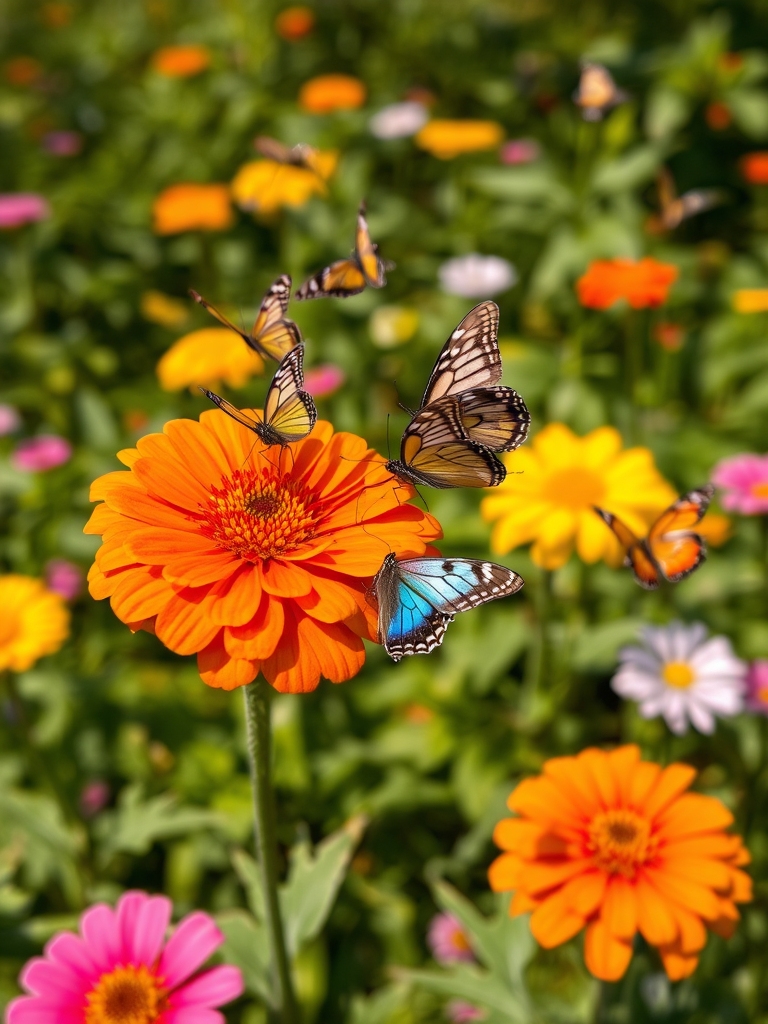
Zinnias are a vibrant and attractive flower to butterflies, offering a rich source of nectar. Their bright colors and variety of blooms make them a magnet for pollinators, particularly butterflies and hummingbirds. With their easy growth and low maintenance, zinnias are an ideal choice for gardens seeking to attract these delicate creatures.
Lavender and Its Calming Effect on Pollinators
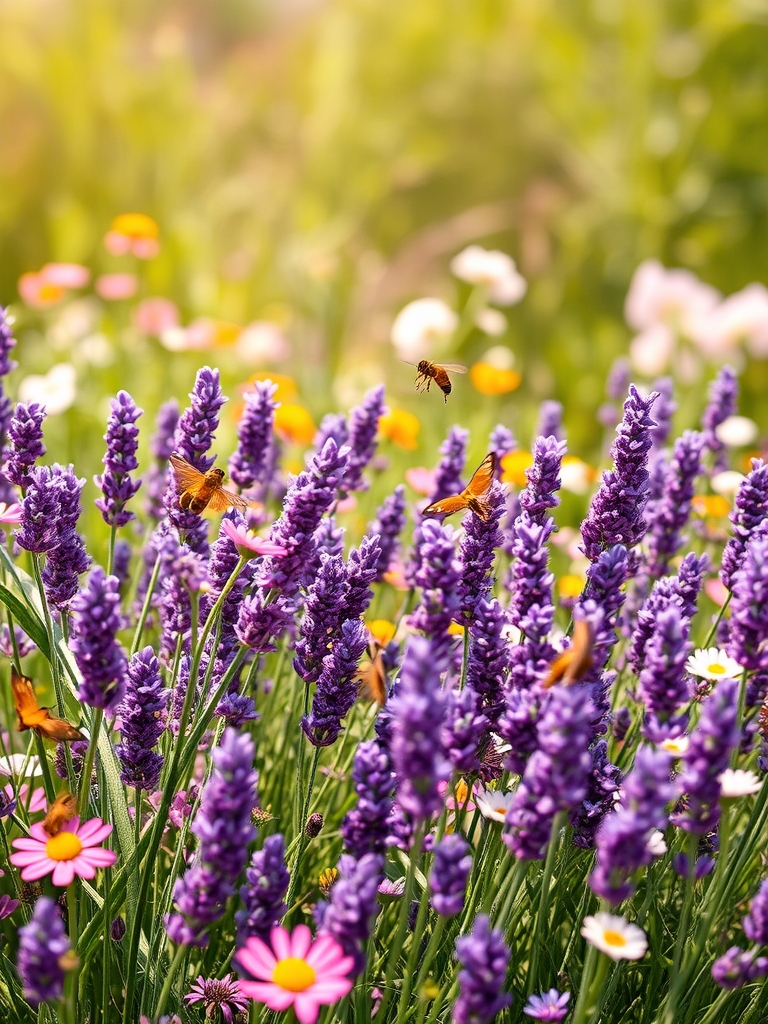
Lavender is a popular choice for attracting pollinators due to its fragrant purple flowers. Not only does it draw in bees and butterflies, but its calming scent also has a soothing effect on these creatures. The tranquil atmosphere created by lavender helps reduce stress in pollinators, making it an ideal addition to any garden.
Bee Balm and Its Superb Pollinator-Attracting Properties
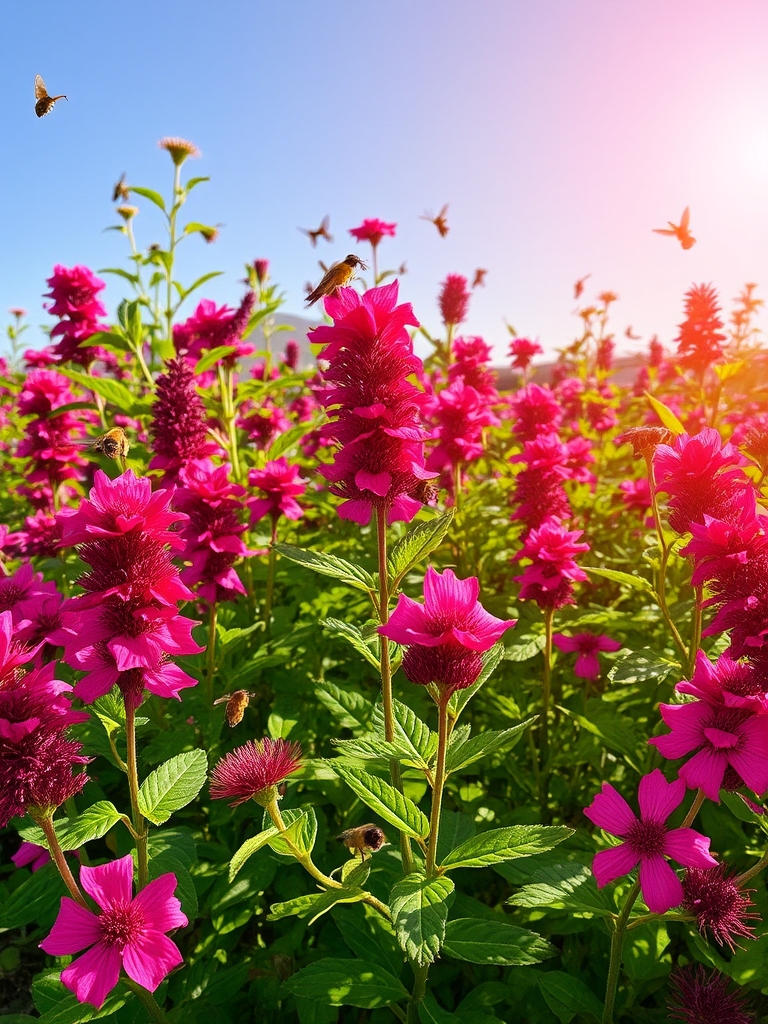
Bee balm’s red, pink, or purple flowers are a magnet for pollinators, including bees, butterflies, and hummingbirds. Its unique shape and coloration make it an ideal choice for attracting these beneficial insects to gardens. With its fragrant leaves and showy blooms, bee balm is a superb addition to any pollinator-friendly garden or landscape.
Planting a Mix of Wild Flowers for Year-Round Interest
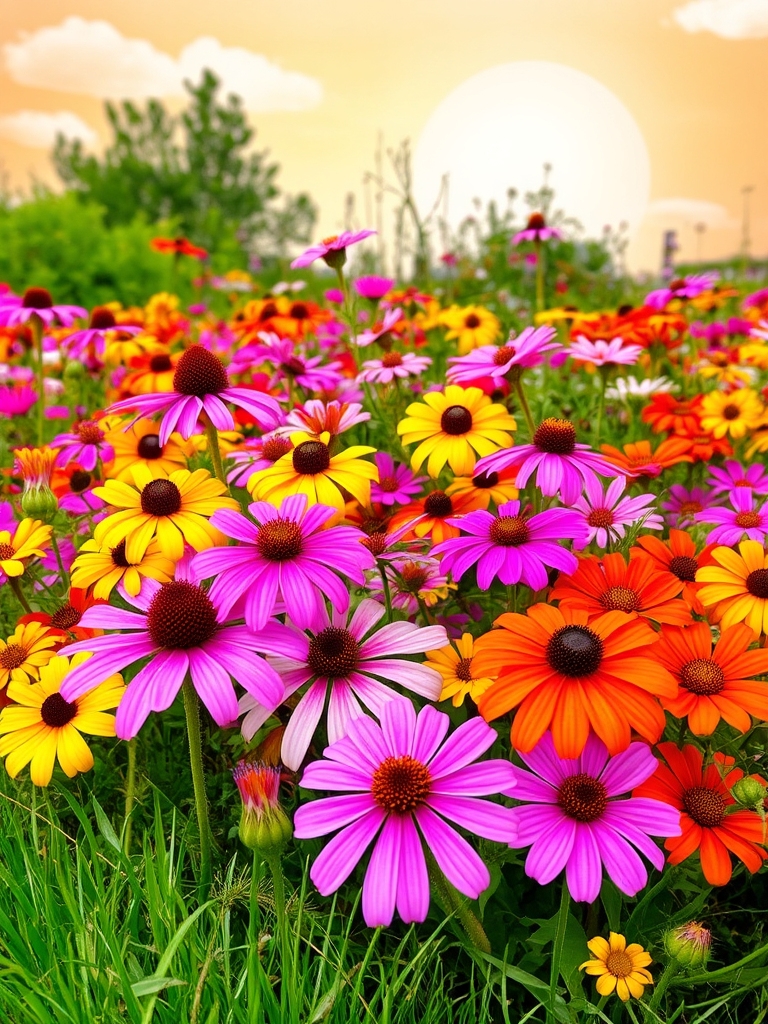
Planting a mix of wild flowers provides year-round interest and attracts pollinators during different seasons. A diverse selection of annuals and perennials guarantees a constant display of colorful blooms, from early spring to late fall, offering a steady source of nectar and pollen for bees, butterflies, and other beneficial insects.
The Importance of Native Wild Flowers in Your Garden
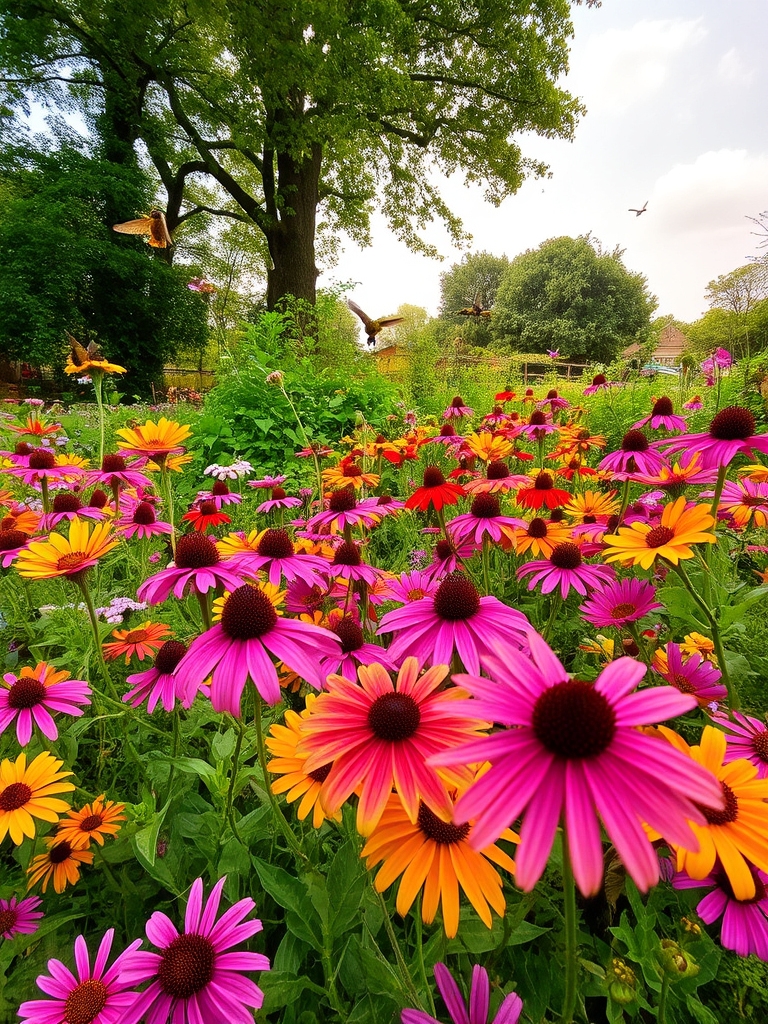
Native wild flowers play a vital role in attracting pollinators to your garden. They provide a source of food and shelter, supporting local biodiversity and ecosystems. By incorporating native wild flowers, you can create a haven for bees, butterflies, and other pollinators, promoting a healthy and thriving environment. This approach also requires less maintenance and care.
Creating a Pollinator-Friendly Garden With Wild Roses
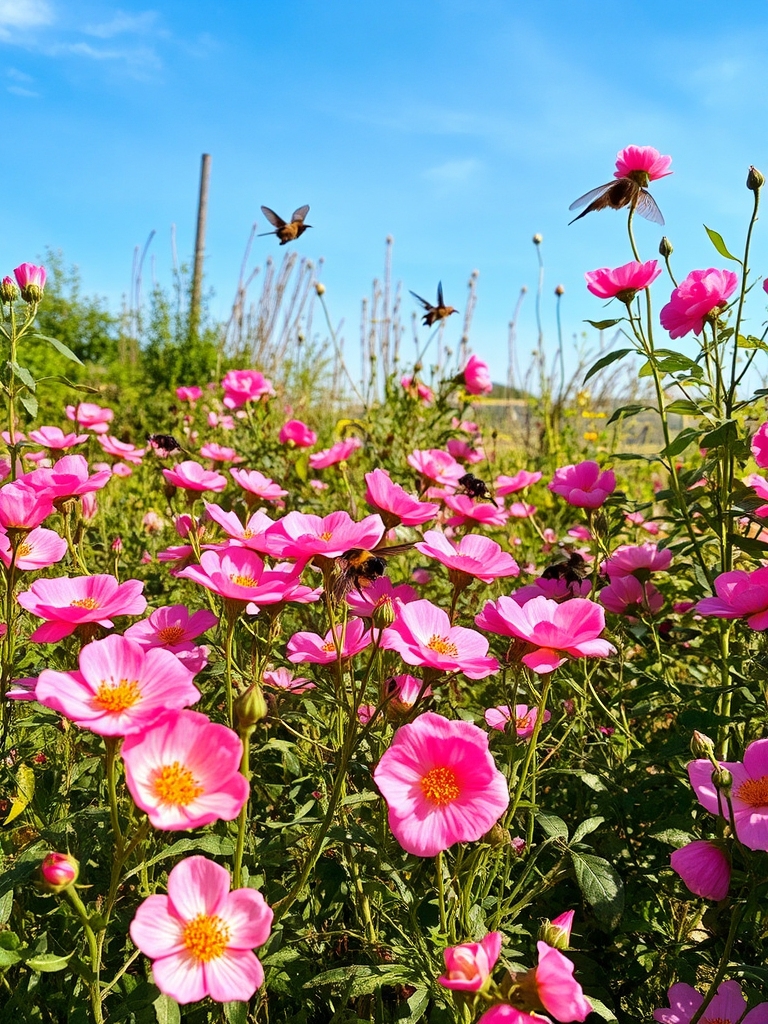
Creating a pollinator-friendly garden with wild roses involves choosing varieties that produce fragrant, nectar-rich blooms. Plant them in well-draining soil and full sun, allowing them to grow naturally. This will attract pollinators like bees, butterflies, and hummingbirds, supporting local ecosystems and adding beauty to your garden. Wild roses are a low-maintenance option.
Dahlia and Marigold Varieties for Added Color and Attraction
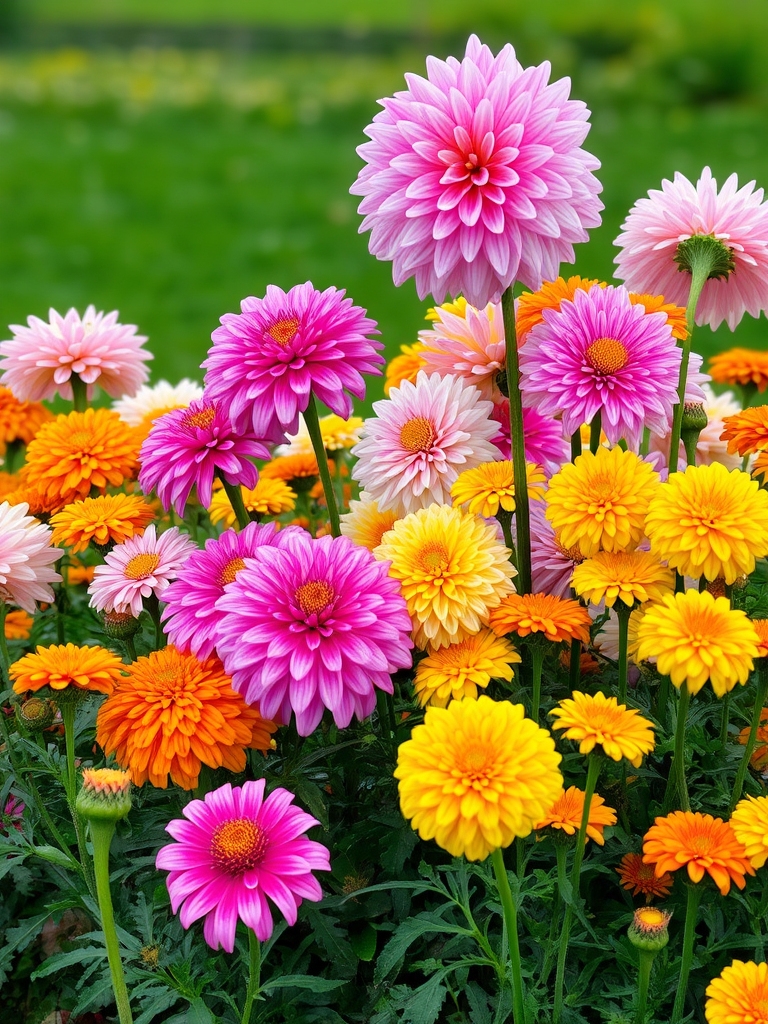
Dahlia and marigold varieties add vibrant colors to gardens, attracting pollinators. Dahlias come in various sizes and bloom types, while marigolds offer bright yellow and orange hues. These flowers are easy to grow and maintain, making them perfect for gardens seeking to attract bees, butterflies, and other pollinators with their stunning displays of color.
Conclusion
You’ll attract a million pollinators with these wild flowers. By incorporating them, you’ll create a thriving ecosystem, rich in biodiversity. Cosmos, sunflowers, and coneflowers will guarantee a constant display of blooms, supporting local ecosystems with minimal maintenance, and that’s a huge plus for your garden’s health and aesthetic.
